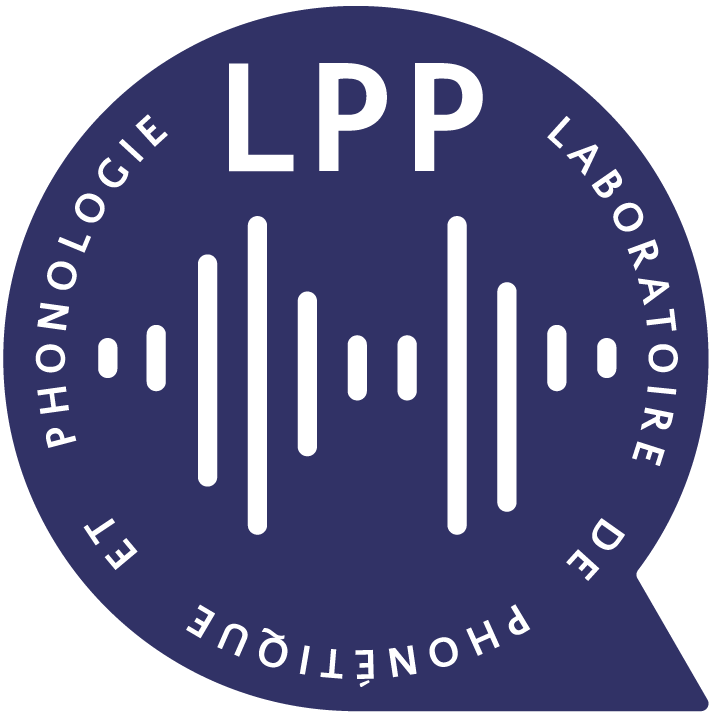This study addresses how vowel quality interacts with larynx state. It is known that larynx height varies in relation to vowel quality, but inconsistently so (Ewan & Krones, 1974 ; Ladefoged, DeClerk, Lindau, & Papçun, 1972). Some have also suggested that the intrinsic F0 of vowels arises from lingual-laryngeal interaction in producing vowels (Ohala, 1987 ; Whalen, Gick, Kumada, & Honda, 1998). Lingual-laryngeal interactions form an important part of Esling’s (2005) Laryngeal Articulator Model, which advocates a reshaping of vowel space organization to reflect the laryngeal component of vowel articulation, and Moisik (2013) proposes that lingual-laryngeal interaction emerges in phonological phenomena relating vowel quality to laryngeal qualities and pharyngeal consonants. Magnetic resonance imaging (MRI) lends itself well to studying lingual-laryngeal state because of its ability to capture rich information about the vocal tract in a safe way. We have acquired an MRI data set featuring key vowel qualities in a number of different phonetic contexts captured using 2D (axial, coronal, and sagittal) multi-slice sequences and 2D midsagittal static sequences. The goal is to examine the variation in laryngeal structures as a function of vowel quality in several laryngeal contexts (modal and creaky phonation, glottal and epiglottal stop, and raised larynx voice). The talk will provide an outline of this data set, details about our approach to its analysis, and some preliminary results concerning the quantification of larynx height and epilaryngeal cavity dimensions.
The effect of voice quality on vowel quality
John Esling (University of Victoria)


